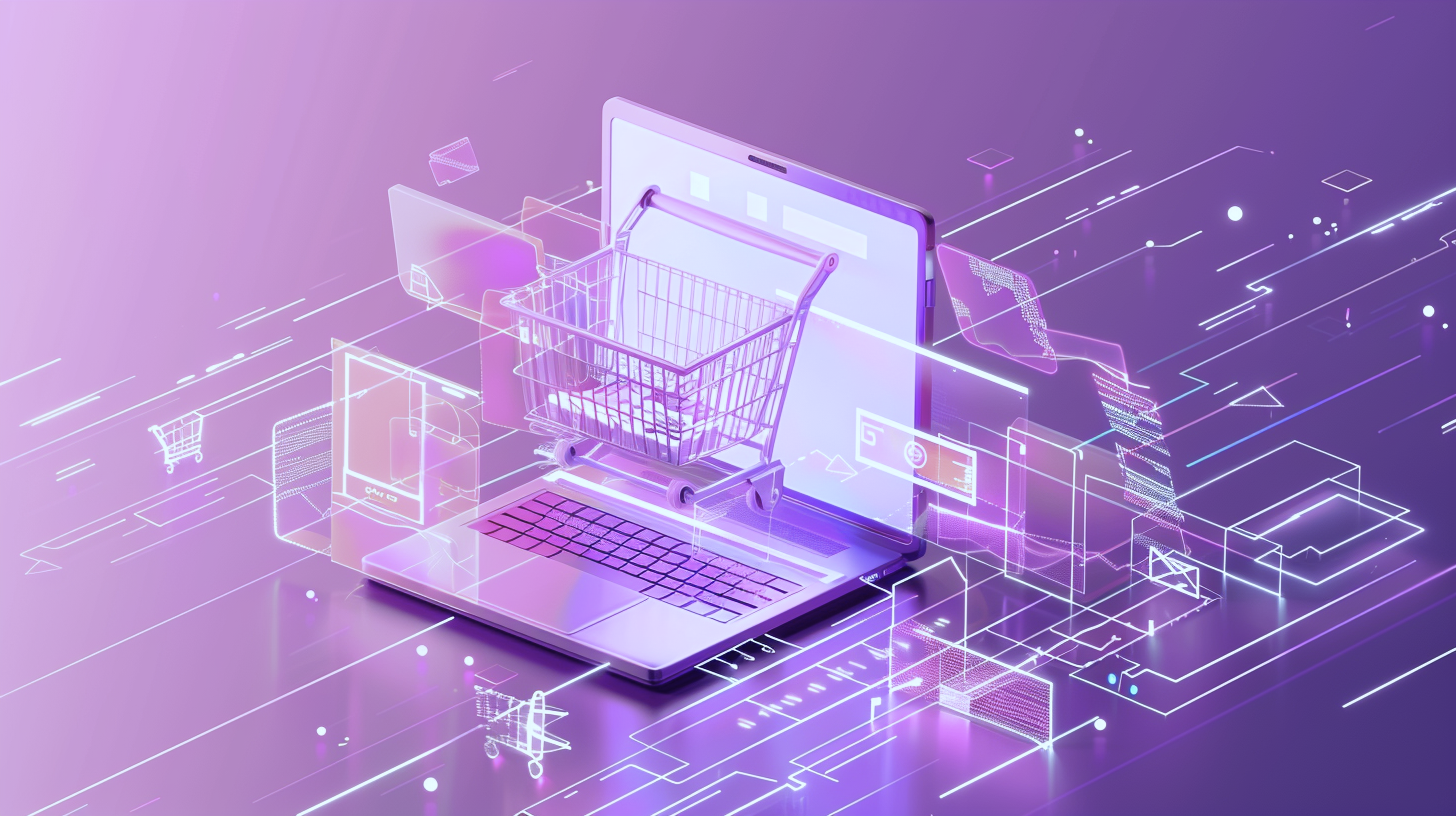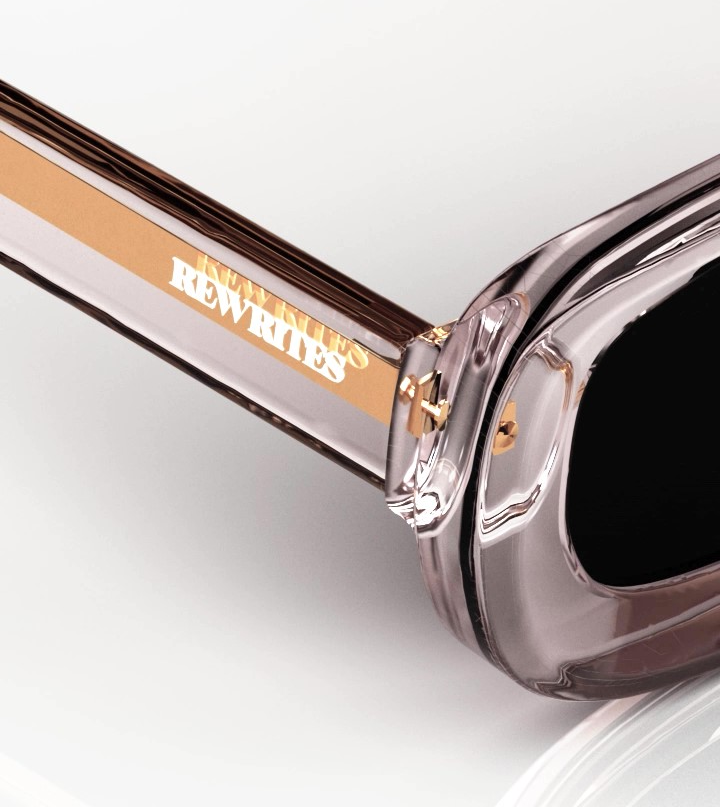
The Evolving Landscape of the Fashion Industry and the Role of Technology
In 2024, the fashion industry is at a pivotal juncture where technology is not just an accessory but a fundamental driver of innovation. Retailers are increasingly recognizing the need to integrate these technological advancements to stay competitive and relevant. This comprehensive guide explores the top fashion tech trends shaping the retail landscape, offering valuable insights into how these trends can be leveraged for business growth and enhanced customer satisfaction.
#1 Immersive Online Shopping Experiences and the Use of AI Recommendations and Analytics
The realm of online shopping is evolving into a more immersive and interactive experience. AI-driven recommendations and analytics are playing a pivotal role in this transformation. By leveraging AI, retailers can offer personalized shopping experiences, tailored to individual customer preferences and behaviors. This technology enables a deeper understanding of customer needs, leading to more accurate product suggestions, improved customer engagement, and a significant reduction in return rates. AI’s ability to analyze vast amounts of customer data and predict future trends is revolutionizing the way retailers interact with their audience, making the shopping experience more engaging and efficient.
#2 The Rise of ‘Phygital’ Stores and the Integration of Technology in Physical Retail Spaces
The concept of ‘phygital’ stores, which blend physical and digital experiences, is gaining momentum. Retailers are integrating cutting-edge technologies like QR codes, virtual assistants, and interactive displays into their physical stores. This integration not only enhances customer engagement but also offers a seamless and interactive shopping experience that combines the tactile feel of in-store shopping with the convenience and information-rich experience of online shopping.
These phygital spaces are redefining retail by creating unique, memorable experiences that encourage repeat visits and deeper brand engagement.
#3 Personalization and Customization through AI-Driven Tools and Augmented Reality
Personalization is becoming increasingly important in the retail industry. AI-driven tools are enabling retailers to offer highly personalized product recommendations and services, tailored to individual customer profiles. Augmented Reality (AR) takes personalization a step further by allowing customers to try products virtually.
This technology is particularly impactful in the fashion industry, where fit and appearance are crucial.
AR enables customers to see how clothes or accessories would look on them, enhancing the decision-making process and significantly reducing the likelihood of returns. This level of personalization not only improves customer satisfaction but also fosters a deeper connection between the brand and its customers.
#4 Blockchain Technology for Supply Chain Management and Digital Authentication
Blockchain technology is making significant strides in supply chain management within the fashion industry. It offers unparalleled transparency and traceability, allowing both retailers and customers to track the origin and journey of products. This level of transparency is crucial for verifying the authenticity of products and ensuring ethical sourcing practices. Blockchain’s role in digital authentication is also pivotal, as it helps combat counterfeiting and ensures the integrity of products. By adopting blockchain, retailers can enhance consumer trust and loyalty, and position themselves as responsible and transparent brands.
#5 Advancements in 3D Printing and its Impact on Fashion Production and Sustainability
3D printing technology is reshaping the landscape of fashion production. It allows for more sustainable practices by enabling precise material usage and reducing waste. This technology opens up new possibilities for personalized and on-demand production, aligning with the growing consumer demand for sustainable and customized fashion solutions. 3D printing also enables designers to experiment with complex designs and materials, pushing the boundaries of fashion and opening up new avenues for innovation.
#6 The Use of Generative AI in Design and Creative Processes
Generative AI is a transformative force in the world of fashion design. It assists designers in visualizing and refining their creations with an unprecedented level of precision and creativity. This technology acts as a creative partner, offering new levels of innovation in the design process. It enables designers to experiment with different styles, patterns, and materials quickly and efficiently, significantly reducing the time and resources required to develop new designs.
Generative AI is not just a tool but a catalyst for creativity, pushing the boundaries of what is possible in fashion design.
#7 Optimization of Inventory Management through AI-Based Solutions
AI is revolutionizing inventory management in the retail sector. By utilizing AI-based solutions, retailers can predict demand more accurately and identify emerging trends. This technology helps maintain optimal stock levels, reducing the risk of overproduction and minimizing waste. AI-driven inventory management contributes to more sustainable business practices and improves operational efficiency, allowing retailers to respond quickly to changing market demands and consumer preferences.
#8 The Growing Importance of Sustainability and Eco-Conscious Materials in the Fashion Industry
Sustainability is becoming a central focus in the fashion industry. Retailers are increasingly adopting eco-conscious materials and sustainable practices in response to growing consumer awareness and demand for environmentally friendly products. This shift towards sustainability is not just about reducing environmental impact; it’s also about meeting consumer expectations and building a brand that is responsible and forward-thinking. Retailers who embrace sustainable practices fostered by technology are likely to see enhanced brand loyalty and a stronger connection with their customer base.
#9 The Influence of Social Media and Online Platforms on Fashion Trends and Consumer Behavior
Social media platforms have become a dominant force in shaping fashion trends and influencing consumer behavior. Retailers are leveraging these platforms for marketing, customer engagement, and even direct sales. Social media allows retailers to reach a wider audience, engage with customers in real-time, and gain valuable insights into consumer preferences and behaviors. The interactive nature of social media enables retailers to create more engaging and personalized marketing campaigns, enhance brand visibility and appeal, and offer consumers the convenience of shopping through their favorite social media apps.
#10 The Integration of New Technologies like Virtual Reality in the Fashion Retail Experience
Virtual Reality (VR), now more than ever, with the introduction of the Apple Vision Pro, is adding a new spatial dimension to the fashion retail experience.
This technology is creating engaging and interactive ways for customers to connect with fashion brands. From virtual try-ons to immersive fashion shows, VR is blending entertainment with shopping, offering customers a unique and memorable shopping experience. This technology is not just about enhancing the customer experience; it is also a powerful tool for brand storytelling and engagement.
The Future of Fashion Tech and the Opportunities It Presents for Retailers
The integration of technology in the fashion industry is a trend that is here to stay. As we continue through 2024 and beyond, these tech trends offer retailers unprecedented opportunities to enhance their operations, connect with customers, and stay ahead in a highly competitive market. Embracing these technologies is key to redefining the retail experience and ensuring long-term success in the ever-evolving world of fashion.
At Polypo, we are at the forefront of this exciting transformation, embracing the challenges and opportunities it presents. We are committed to tackling the pressing issues faced by retailers, utilizing technology to enhance sales and conversion rates effectively.
Follow Polypo for more insightful content, where we explore and share our unique take on the application of groundbreaking technologies, offering a glimpse into our work and the future directions we are pursuing. Stay tuned to be ahead in the dynamic world of fashion technology with Polypo.
#FashionTech2024 #RetailInnovation #FutureOfFashion #AIinFashion #SustainableFashion #GenAI #DigitalRetail #Phygital #AugmentedReality #VisionPro #TechTrends #Polypo
Recommended for You
Stay Curious, and Keep Exploring with Polypo
polypo community






